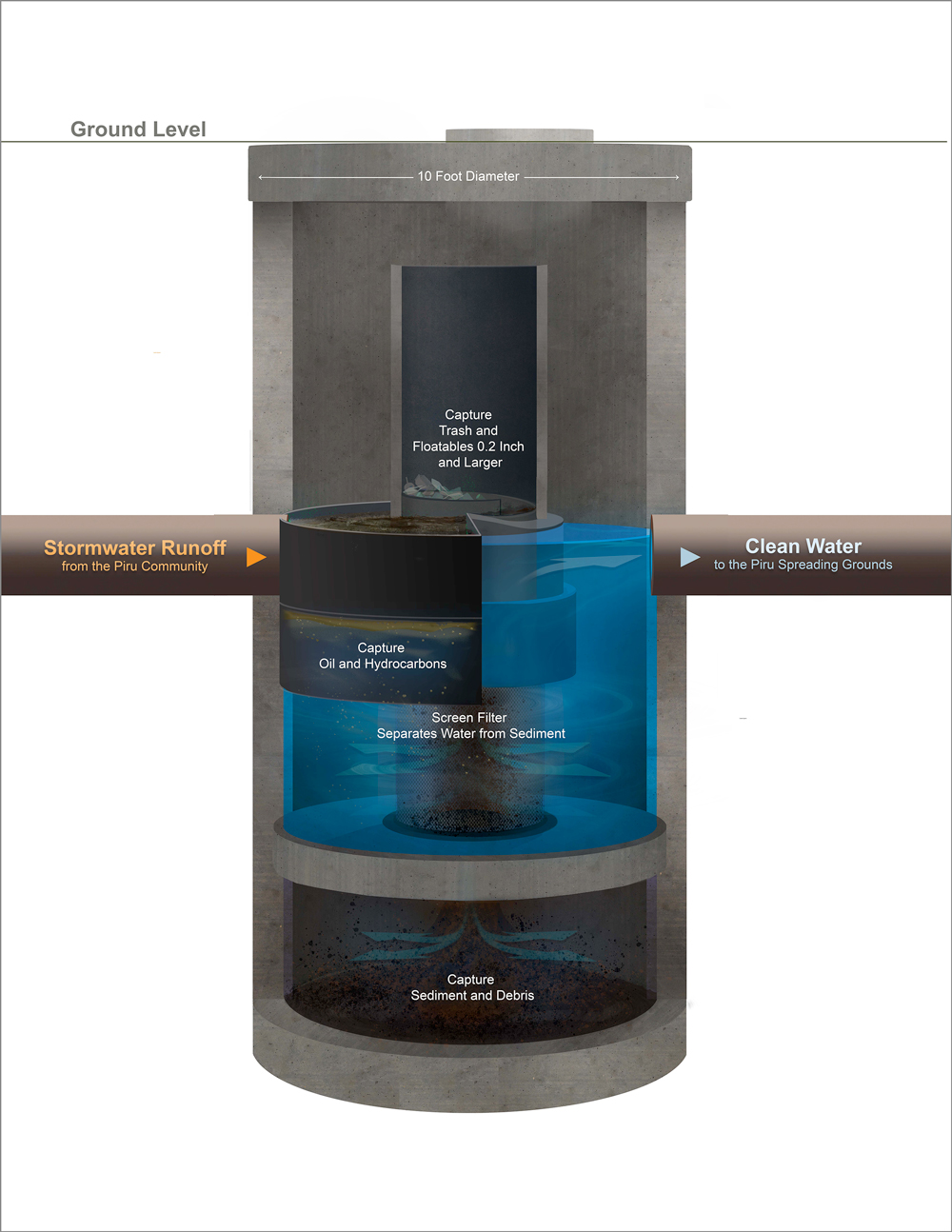Projects
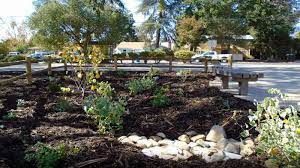
Watershed Friendly Gardens
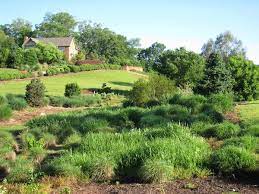
Green Infrastructure and Biofiltration
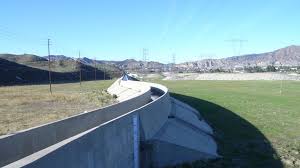
Stormwater Capture Studies
Project Locations
What Causes Urban Stormwater Runoff Pollution?
Stormwater and urban runoff from impervious surfaces are primary sources of water pollution to creeks, rivers, and the ocean. Such runoff contains nutrients (nitrogen and phosphorus), bacteria, hydrocarbons, fine sediments, metals, trash, and other pollutants that are toxic to aquatic organisms and potentially harmful to human health. Storm drain conveyance systems carry stormwater and urban runoff from urbanized areas without allowing for natural treatment of the flow. Heavy loads of pollutants entering natural waterbodies can also increase bank erosion and downstream sedimentation with a significant negative impact on aquatic ecosystems. In addition, stormwater conveyance systems do not allow for natural infiltration into the soil to replenish groundwater.
Native Plants and Wildlife
Adapted to our local climate, native plants do not need supplemental water or fertilizer once they are established. They provide many benefits to our local environment and ecosystem, such as absorbing carbon dioxide from the atmosphere and providing shelter and food for native wildlife.
A layering of tree, shrubbery, and ground cover create a safe haven for wildlife. Native food sources offered throughout the year include pollen, seeds, grasses and berries. This provides food for wildlife, including our native bees, butterflies, beetles and birds — all of which are important pollinators.
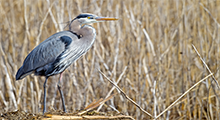
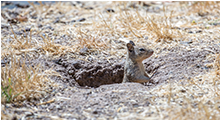

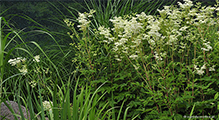
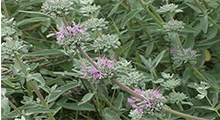
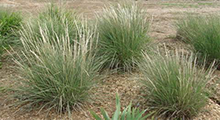
How You Can Help
- Plant drought-tolerant plants in your garden to reduce your water needs.
- Always pick up after your pets.
- Install a rain barrel, a cistern or apply other best management practices for capture of stormwater on your property.
- Participate in local beach clean ups or community beautification events.
- Eliminate water waste.
- Keep trash and litter inside closed containers at all times.
- Only use pest and weed control chemicals if needed and according to manufacturer instructions.

